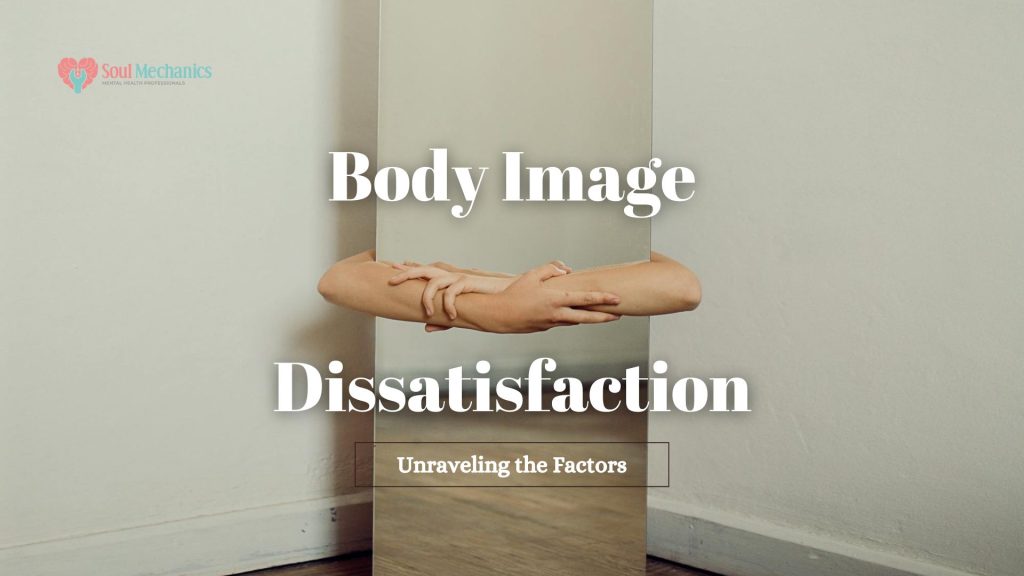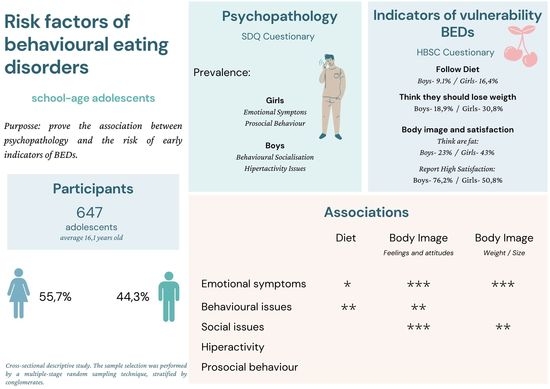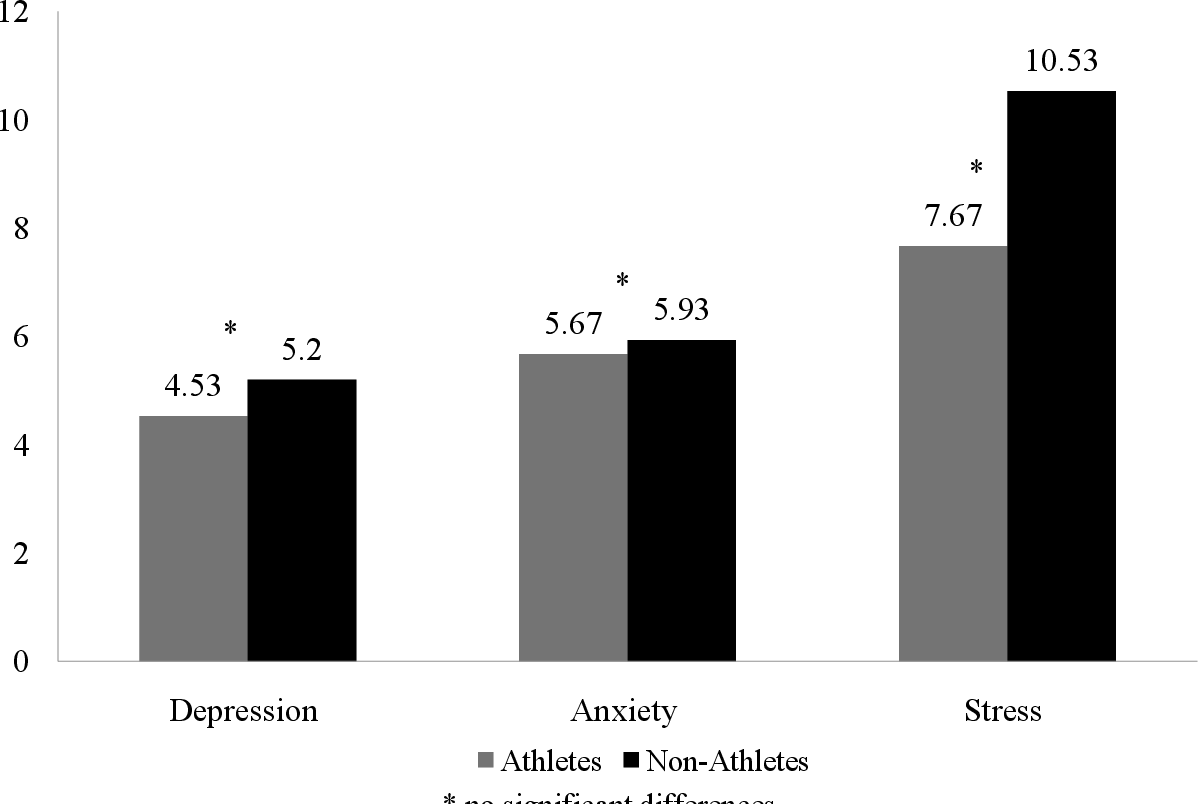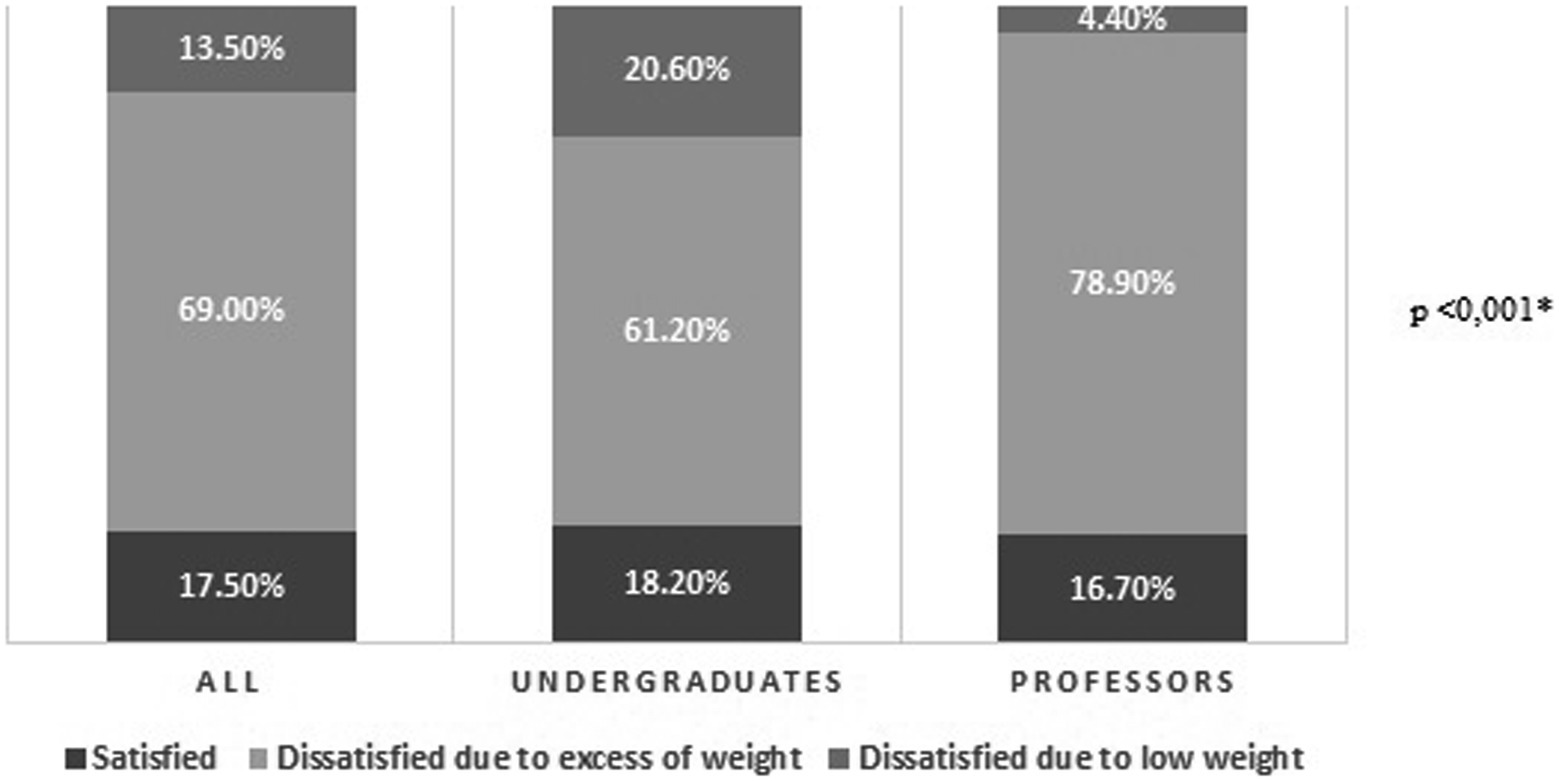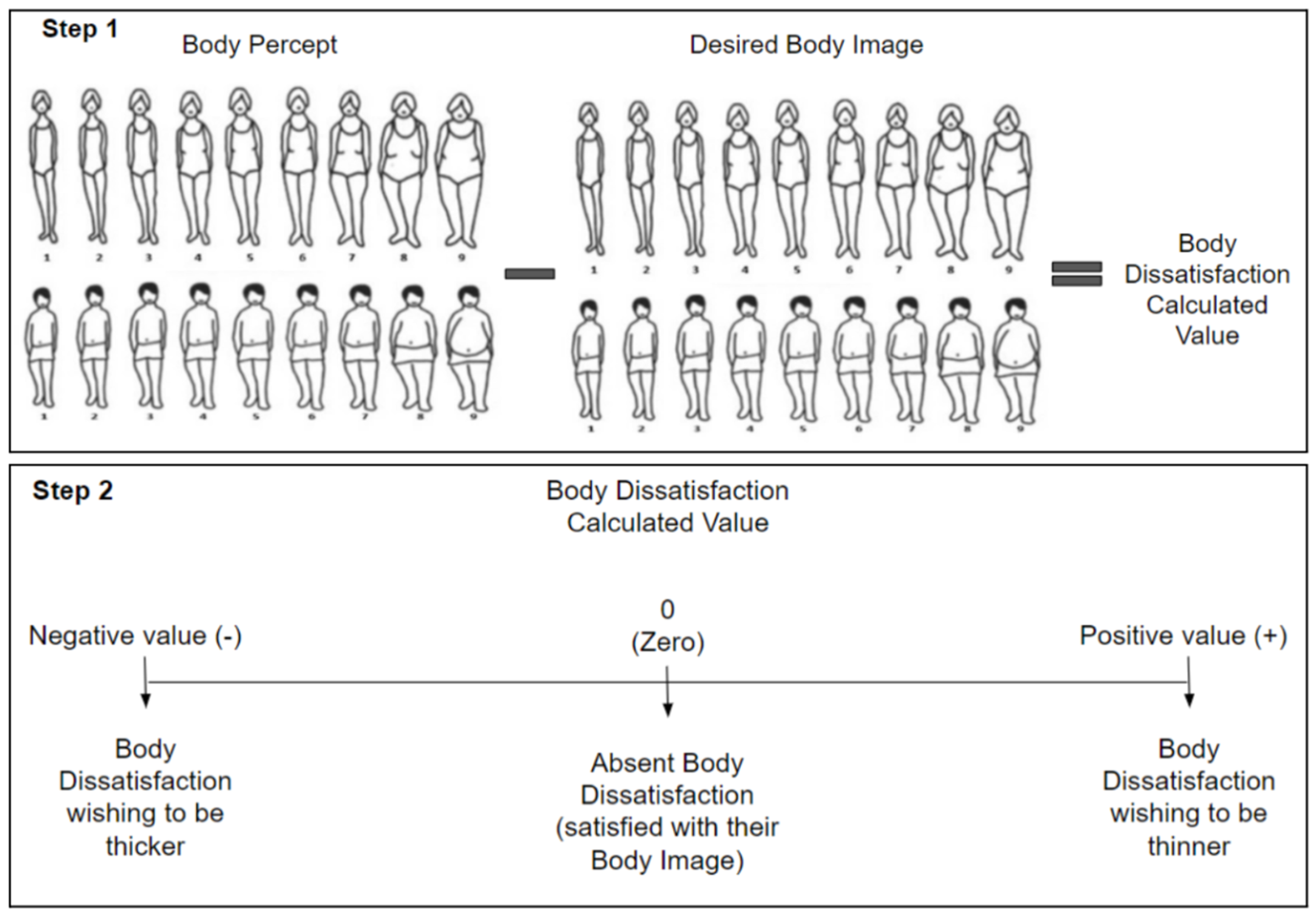Body Dissatisfaction Is Typically Associated With Which Factor

Body dissatisfaction, a pervasive concern in modern society, is frequently linked to a complex interplay of factors. While individual experiences vary greatly, research consistently points to a few key contributors that exacerbate negative perceptions of one's own body.
This article will explore the primary factors associated with body dissatisfaction, drawing on research and expert insights. It aims to provide a comprehensive understanding of this issue and its potential impact on individuals and society.
The Core Factors Driving Body Dissatisfaction
At the forefront of the contributing factors is societal pressure exerted through media and cultural norms. These sources often promote idealized body types that are largely unattainable for the general population.
Exposure to these images, particularly through social media platforms, can lead to social comparison and a sense of inadequacy. This constant barrage of curated perfection significantly shapes individual perceptions and expectations.
Media Influence and the Power of Images
The media's role in shaping body image is undeniable. Studies have demonstrated a direct correlation between exposure to idealized images in magazines, television, and online platforms and increased body dissatisfaction.
Researchers at the American Psychological Association have consistently found that frequent exposure to unrealistic beauty standards can lead to feelings of shame, anxiety, and low self-esteem. These feelings often stem from the gap between perceived reality and these manufactured ideals.
Social media amplifies these effects through constant self-presentation and the pressure to conform to trends. The curated nature of online profiles often obscures the reality of imperfections, further fueling the cycle of comparison.
The Impact of Interpersonal Relationships
Beyond media influences, interpersonal relationships play a crucial role in shaping body image. Family dynamics, peer interactions, and romantic relationships can all contribute to feelings of body dissatisfaction.
Negative comments about weight, shape, or appearance, whether intentional or unintentional, can have a profound impact, especially during formative years. Teasing, bullying, and even seemingly innocuous remarks can erode self-esteem and foster negative body perceptions.
Conversely, supportive and accepting relationships can buffer against negative body image influences. Individuals who feel valued and accepted for who they are, regardless of their physical appearance, tend to have a healthier body image.
The Role of Psychological Factors
Certain psychological factors can also predispose individuals to body dissatisfaction. These include perfectionism, low self-esteem, anxiety, and depression.
Perfectionistic tendencies can lead to an obsessive focus on perceived flaws and an unrealistic pursuit of physical perfection. Low self-esteem can make individuals more vulnerable to negative comments and societal pressures.
Anxiety and depression can exacerbate body image concerns, leading to increased self-consciousness and negative self-talk. In some cases, body dissatisfaction can contribute to the development of eating disorders and other mental health issues.
The Significance of Socioeconomic Status
While often overlooked, socioeconomic status can also influence body image. Access to resources like healthy food, exercise facilities, and cosmetic procedures can vary greatly depending on income level.
Individuals from lower socioeconomic backgrounds may face greater challenges in meeting societal beauty standards, leading to feelings of inadequacy and frustration. Additionally, cultural norms within certain communities can place additional pressure on physical appearance.
Furthermore, marketing strategies often target specific demographics with products and services that promise to improve physical appearance. This can further exacerbate feelings of body dissatisfaction among those who feel unable to afford these resources.
Addressing Body Dissatisfaction: A Multifaceted Approach
Combating body dissatisfaction requires a multifaceted approach that addresses both individual and societal factors. Promoting media literacy, fostering self-acceptance, and challenging unrealistic beauty standards are crucial steps.
Media literacy education can help individuals critically evaluate media messages and recognize the often-manipulated nature of images. This empowers them to resist the pressure to conform to unrealistic ideals.
Fostering self-acceptance involves cultivating a positive self-image that is based on inner qualities and values rather than physical appearance. This can be achieved through therapy, self-help resources, and supportive relationships.
Challenging unrealistic beauty standards requires a collective effort to promote body diversity and celebrate the beauty of all shapes and sizes. This can be achieved through activism, advocacy, and representation in media.
"Ultimately, addressing body dissatisfaction requires a shift in cultural values towards greater acceptance and appreciation of individual differences," says Dr. Jane Doe, a leading expert in body image research.
By addressing the complex interplay of factors that contribute to body dissatisfaction, we can create a more inclusive and accepting society that promotes positive body image and mental well-being.
This requires a collective effort from individuals, families, communities, and the media to challenge unrealistic beauty standards and foster a culture of self-acceptance and appreciation for body diversity.


